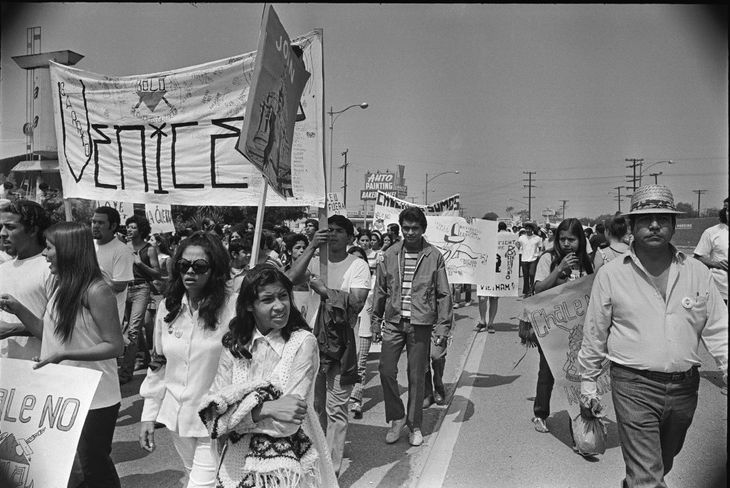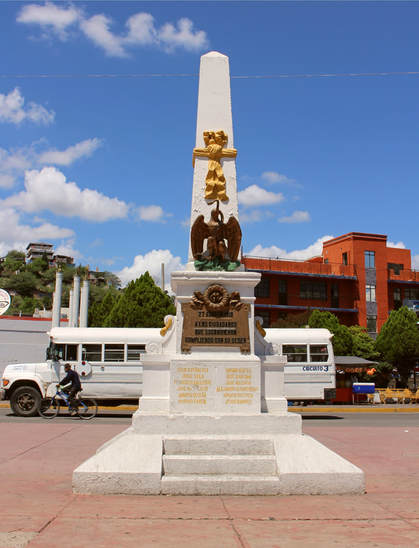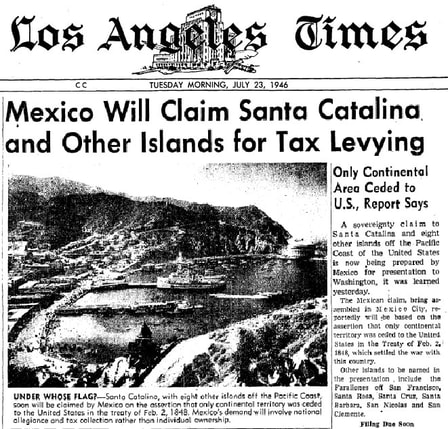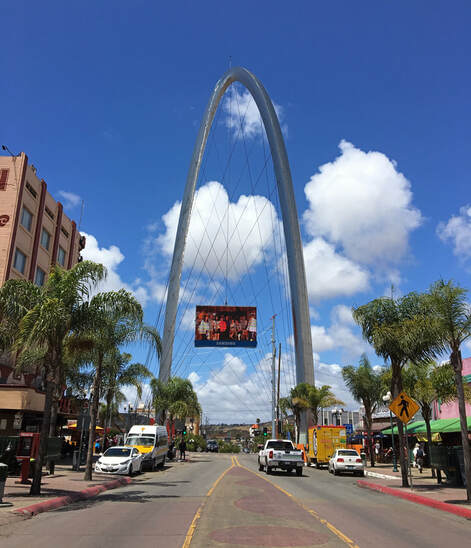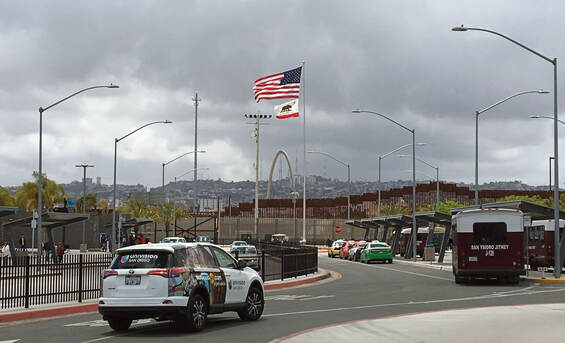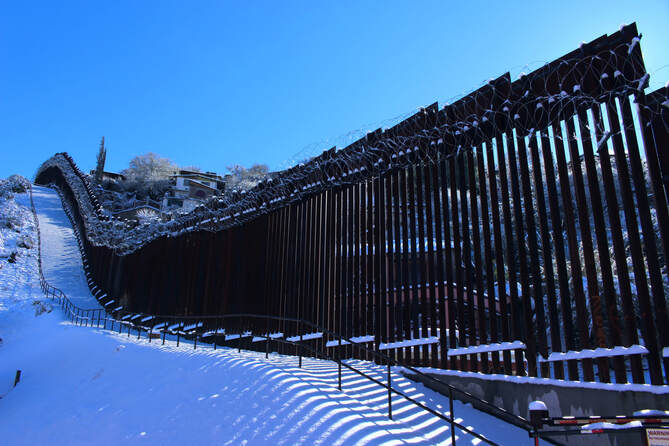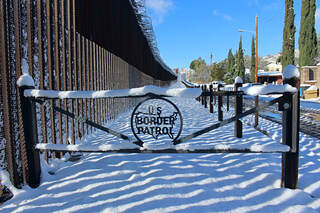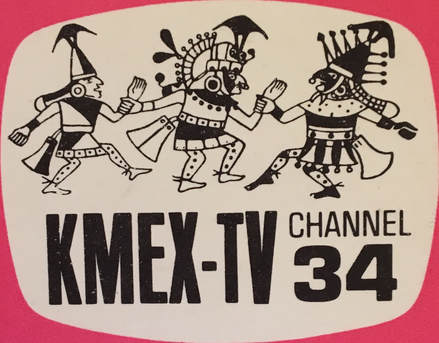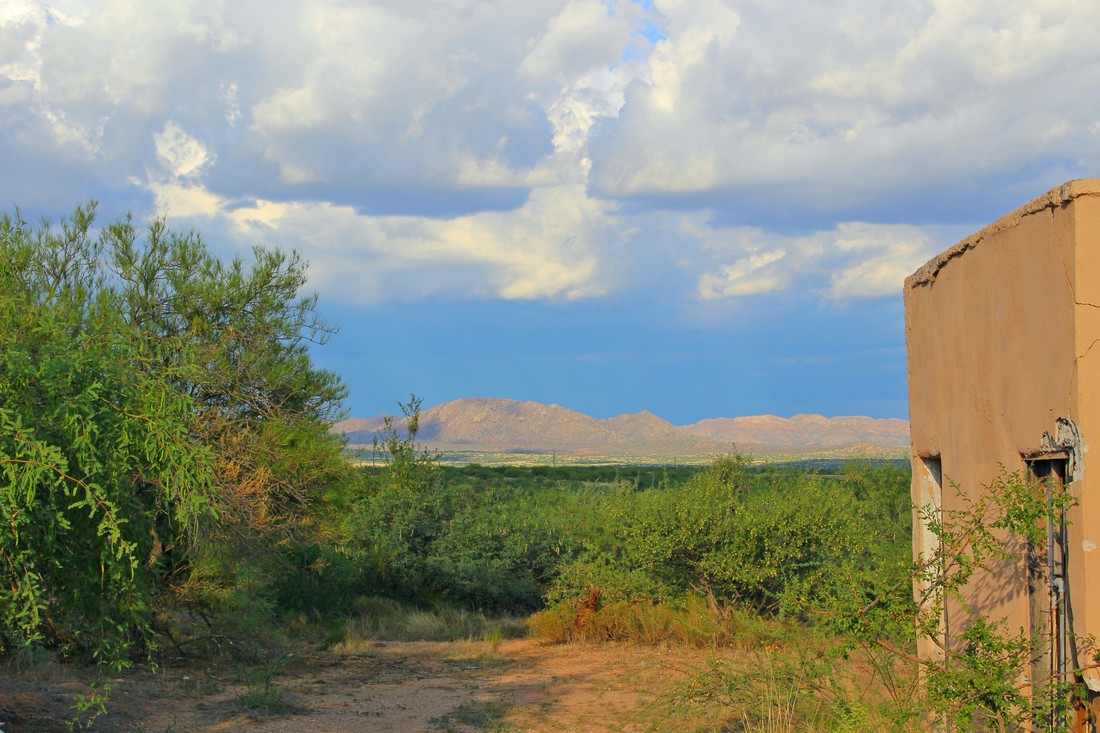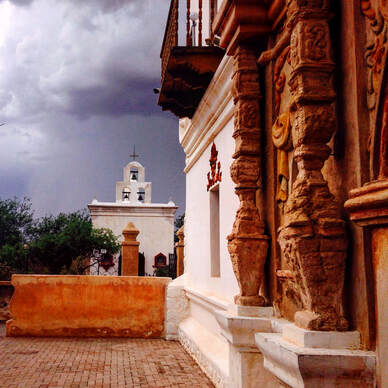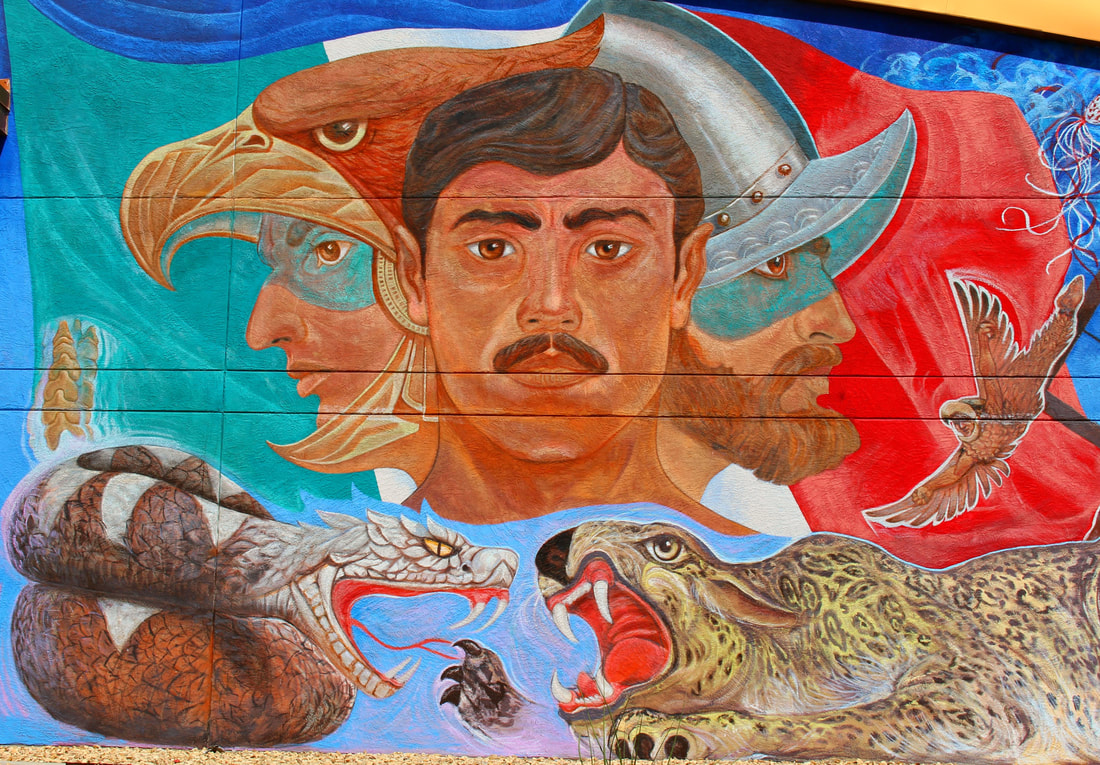Discover the stories of the peoples of the U.S.-Mexico border region encompassing Northern Mexico and the U.S. Southwest
What's new at NOMADIC BORDER
Nomadic Border on YouTube
|
|
|
The Chicano Moratorium 50 Years Later:
Retracing the Mexican American Struggle Against the Vietnam War
|
On August 29, 1970, East Los Angeles became the stage for one of the most captivating moments of the Vietnam War’s home front – the National Chicano Moratorium protests against the disproportionate loss of Mexican American servicemen in the war. The largest protest of the 1960s/1970s Chicano movement, nearly 20,000-30,000 people participated in the Moratorium. However, its message was muffled by violence between the Los Angeles Sheriff’s Department and demonstrators leading to 150 arrests and four deaths, including journalist Rubén Salazar. Retrace the route of the Chicano Moratorium through East Los Angeles and rediscover Mexican American protestors’ cries for racial justice: “Chale no, we won’t go – bring the ‘carnales’ home!”
|
Uncover the real history of the 1918 Battle of Ambos Nogales and the first U.S.-Mexico Border Fences!
|
In September 1918 Nogales, Sonora, Mexico, and Nogales, Arizona, USA, became the first cities on the U.S.-Mexico border to be divided by border fences. The cause? A fierce battle in the hills of the two Nogales between Mexicans and Americans that left an estimated 13-129 Mexicans dead as well as 4 American deaths and 30 wounded. Trace the history of this forgotten turning point through an exploration of the reason for the building of this first 2-mile-long fence: the August 27, 1918 "Battle of Ambos Nogales" between the U.S. Army and Mexican civilians.
|
Mexico's Lost Archipelago: the California Channel Islands
|
In 1848 the Treaty of Guadalupe Hidalgo ended the U.S.-Mexico War and redrew the border between the two countries, following a course from the Gulf of Mexico along the Río Grande and westward across deserts towards “a point on the coast of the Pacific Ocean.” Completely overlooked in the Treaty’s definition of the U.S.-Mexican border on the Pacific coast was the status of the Channel Islands (or Archipelago of the North), an oil-rich island chain just beyond the Southern California coastline. If the border ends at the Pacific Ocean, wouldn’t that mean the islands were not actually included in Mexico’s loss of California?
Chart the high seas history of the U.S.-Mexican border in this journey through the rich cultural and natural history of the California Channel Islands/Archipelago of the North – Mexico’s “lost archipelago." |
Reloj Monumental de Tijuana – A New Border Symbol
|
Rising above the busy streets and rolling hills of Tijuana, the Reloj Monumental or Monumental Clock in Mexico’s westernmost city is an icon which welcomes visitors and symbolizes the community's modernity. However, the steel arch has been a controversial addition to Tijuana's historic tourist corridor since the start. Turn the clock back to retrace the problematic origins of this new border landmark.
|
Borderland Winter Wonderland
|
For many, the U.S.-Mexico border summons images of barrier walls and binational border towns set in arid desert landscapes. However, on January 2, 2019, snow blanketed the international boundary between Nogales, Arizona, USA, and Heroica Nogales, Sonora, Mexico, showing how varied the borderlands are. Bundle up in this tour of winter wonderlands in the higher elevations of the U.S.-Mexican borderlands.
|
The Birth of Spanish-Language Television in Los Angeles
|
Univision and Telemundo regularly dominate TV ratings in Los Angeles and often throughout the nation, but the development of Spanish-language TV in the U.S. during the mid-1900s was not a foregone conclusion. In this photo essay, tune into the transnational past of this important media industry, in tracing the origins of Spanish-language television in Los Angeles from Mexico City to San Diego-Tijuana to San Antonio.
|
Altar Valley Corridor Part 2: Sasabe, Phantom Border Town
|
Although founded in a long-established natural and human corridor linking Southern Arizona to coastal Sonora's Sea of Cortez, the Altar Valley became one of the epicenters of irregular immigration into the U.S. in the 1990s and 2000s while its main bordertown, Sasabe, is a small semi-ghost town now. Uncover the human and environmental history of this forgotten (when not stigmatized) rural border valley.
|
